Days 27 and 28: The Cat Whisperer.
I realize that I tend to become somewhat impassioned with things, particularly food things, but seriously, bread is and will always be the song I sing most loudly. It’s a never ending source of fascination for me to gaze into a jar of my sourdough starter and watch my billion little pets eat slowly, teeny pockets of gas rising to the top like the primordial ooze of life that it actually is. So I hope you’ll forgive me as I systematically and unabashedly try to convert you into a bread maniac.
Bread is something I’ve researched on an über-hobby level for several years at this point, and I’m continually telling people how simple it is to craft really good bread at home. I stand by that, always. You’d be hard pressed to find better bread that what you can make at home, unless you live near a really hot bakery. And I’m not talking about Plantera or whatever it’s called; not a large chain bakery. Operations like that can make palatable bread, for sure, but I promise, you can do better. And you can certainly outdo the supermarket (yes, even Wegmans, which is my favorite too).
That being said, there’s something of an elusive quality that bread has. Say you mix identical amounts of flour, water, yeast, and salt together on two different days, and treat them in what seems the same way. On the first day, you create a loaf of golden crusty wonderfulness, crying out to you to break it apart and let it warm you down to the roots of your very soul, and on the other day you end up with some horrific steaming mass that might have been found in the corner of a wet sauna somewhere in the unsavory part of town. This is what can happen if you’re not paying attention.
As I learn more about bread, I’m learning that it’s like cats. My major error with bread is that I’ve been trying all along to get it to cooperate with me. Have you ever had a cat that was willing to cooperate with you on any level? I’m zero for eighteen on that score. You have to meet the bread/cat on its own terms. What’s dawning on me now is not to force our bread into the package we need it to be, but to let it show us what it’s capable of. If we follow our dough, we learn from it. We let it take us down its own avenues, and it shows us into unknown and exciting quarters, as it’s been doing for breadmakers for millennia.
Our first bread projects were clearly aimed at lassoing in any nonbelievers. We began with a semolina loaf. Semolina is flour milled from durum wheat, which has an very high gluten content and therefore makes a very strong and forgiving bread dough for first-timers. The taste of it doesn’t imply that it’s so simple, though; it’s got a really deep, buttery, and almost corn-like flavor. The next two breads didn’t exactly turn people away, either. We made a rosemary and olive dough – our team crafted rolls from it, one of which gave me a pretty awesome sandwich the next day – and a Provençal bread called fougasse (foo-`gahss). I don’t know how I’ve managed to miss this one. It’s made like many other breads, only the water you add to the dough for fougasse has herbs soaked in it first. Oh, and then there’s the matter of several ounces of crumbled bacon and a few tablespoons of bacon grease which are kneaded into the dough. Yeah. Pretty much. We also crafted our first baguettes – I didn’t feel like I had inadvertently stepped into a Parisian bakery or anything, but, if you were asked to identify them, you would have said “baguette.” Pretty spiffy for the first time on the water in that particular boat.
There are certainly advantages that appear in the professional kitchen – fifty-thousand-dollar ovens with steam injectors; giant tubs of fresh, high-quality ingredients; electronic scales and rock solid gadgets; eighty-quart stand mixers that have wheeled carts and hydraulic lift systems for the bowls; a knowledgeable chef telling you what to do and how to do it. Yet all these advantages amount to nothing if the doughmaker isn’t listening to his dough, and you can certainly do that at home. Other than ingredients, all you need is one each of wooden spoon, bowl, counter, pan, and oven, and a dash of patience. If there’s anything further I can do to convince you to try this, let me know; even if it’s as simple as shutting up about it.
I fully intend to continue ranting either way.
Saturday, January 27, 2007
Subscribe to:
Post Comments (Atom)





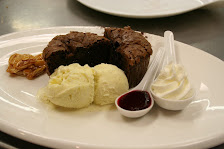
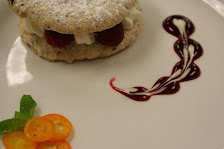
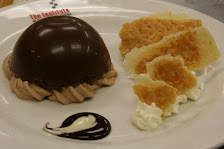
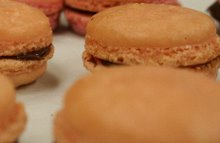
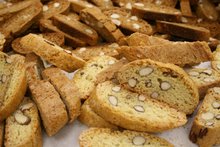




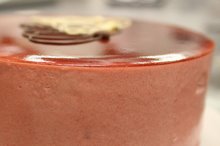








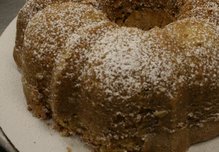
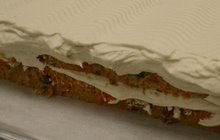










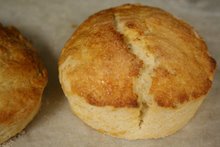


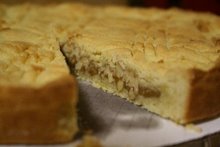















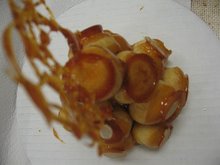



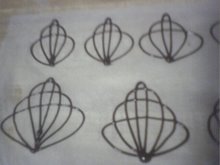


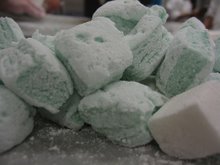

No comments:
Post a Comment